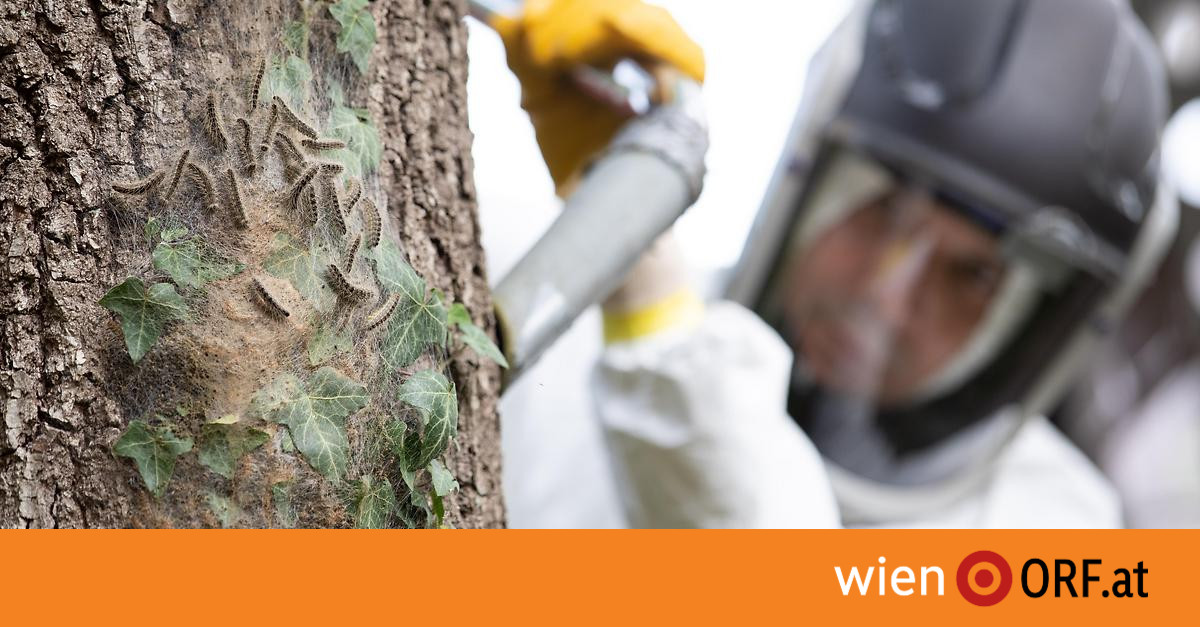timeline
It’s that time again: As every year, Vienna expects an invasion of the larvae of the oak processionary moth in the coming weeks. The fine hairs of the caterpillars can at least trigger unpleasant sequelae for humans.
24.05.2021 07.05
Online since today, 7:05 a.m.
–
–
–
If the hairs of the caterpillars break, they can be carried away by the wind. They can be inhaled and irritate the respiratory tract, they can come into contact with the skin and cause allergic reactions with severe itching there. But they are also dangerous for oaks, infested trees can be eaten bare.
The caterpillars were particularly strong in the previous year, which is more likely to ease the situation this year. However, the municipal forestry office does not trust itself to make a prognosis, various influences connected with climate change, which could also cause a strong increase this year, are too uncertain.
You cannot rely on natural predators
The caterpillars are actually very popular with birds, but the number of birds should not be sufficient to significantly and noticeably reduce the number of caterpillars, so to speak in a natural way. Here it is first of all to wait and see. However, the forest office does not want to wait with measures that it can take itself. As a precaution, the approximately 3,000 oak trees in Vienna’s parks have started to be treated organically.

A preparation that is poisonous for the caterpillars is applied to the leaves. They die off before they can form the hairs that are uncomfortable for humans. The situation is different in the forests around Vienna. Nothing is done there against the oak processionary moths. The forests are mostly under nature protection, so it is not allowed to spray. So walkers and joggers have to expect contacts. You are advised to wear long-sleeved clothing.
200 eggs hibernate per butterfly
If the caterpillar survives, it becomes the oak processionary moth. The up to 35 millimeters large moth swarms between August and September and creates the conditions for next year’s invasion of the caterpillars. Each butterfly lays around 200 eggs.
–
–


